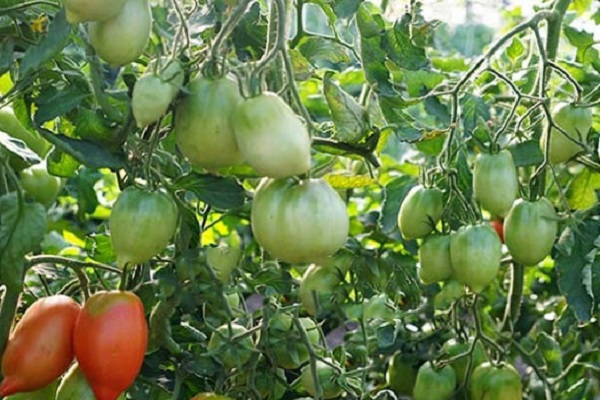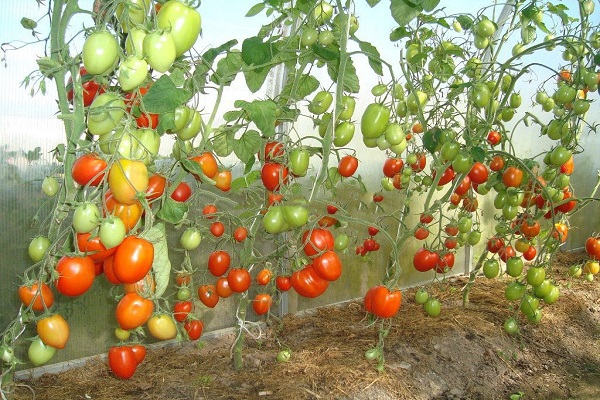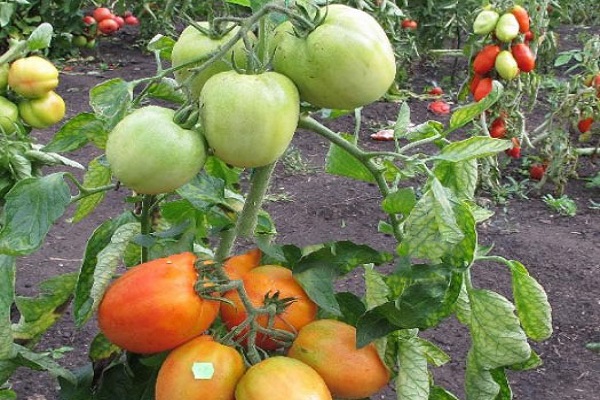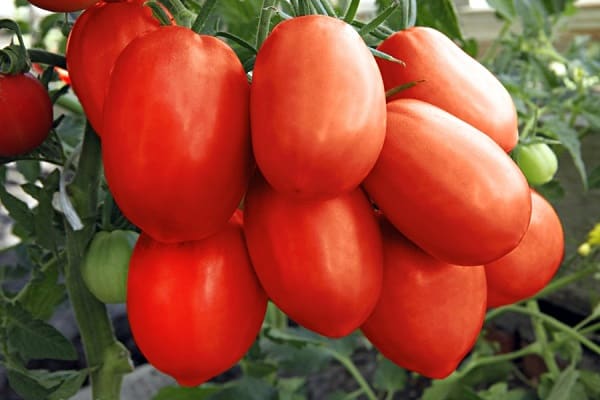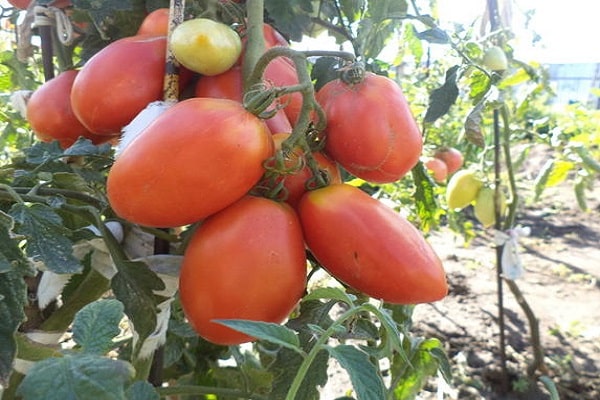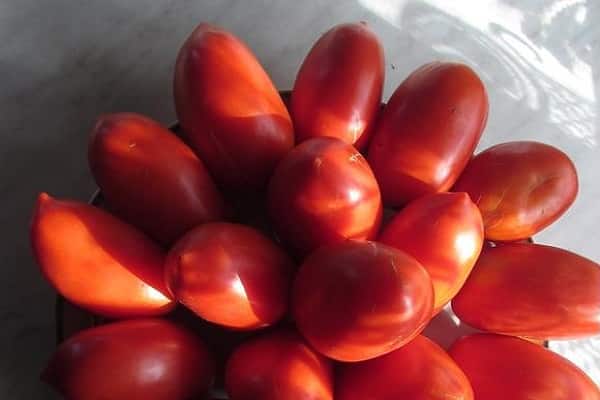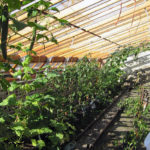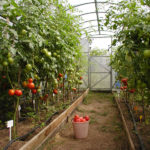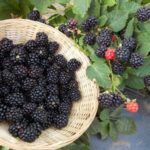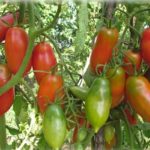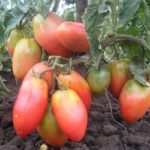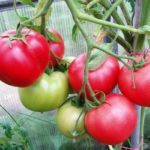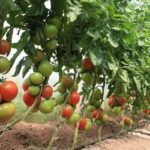Varietal tomatoes from Russian breeders are increasingly surprising gardeners. The breeder of the NPO "Gardens of Russia" managed to obtain high-yielding tomatoes from crossing two varieties, which have become well established in Russia in open garden beds and in greenhouses. This tomato is called Swan Princess f1.
Hybrid characteristics
The tomato bush is of medium height, reaching 1.5–1.7 meters in length. Determinate, grown in 1 or 2 stems, the stem is powerful. Early ripening, only 100 days pass from seed germination to the first ripe tomatoes.Although the bushes of this hybrid are limited in growth, they are still pinched and formed into one or two stems.
The foliage of the bush is average; when growing in a greenhouse, the lower part of the plant is removed all the green mass, 3-4 leaves are left on top to protect the plant from ultraviolet rays. 4–5 clusters with 5–8 tomatoes per cluster are formed on the bush. The yield is high - up to 5 kilograms of ripe fruit can be removed from the bush. 3-4 plants are planted on one square. In an open area, the growth and ripening of fruits is more stable than in a greenhouse.
Description of the fruit - ovoid or elongated, fruit weight from 150 to 240 grams. The color of unripe fruits is light green, ripe ones are red. When ripe, there is no green spot on the stalk. When cut into the pulp, 3 seed sacs are formed. The pulp is juicy and red in ripe vegetables. When harvested, yellow tomatoes turn yellow.
The taste is excellent. It has a pronounced tomato taste with a slight sourness and a pronounced tomato aroma. Fresh salads are prepared from the fruits of the hybrid, used for pickling and making juice sauces.
The variety resists bacteriosis, tobacco mosaic virus and Alternaria.
Positive qualities of the bush and fruits
Judging by reviews from gardeners, the hybrid has the following advantages:
- Friendly return of the harvest.
- Resistance to common diseases.
- Early fruit ripening.
- Excellent product quality.
- Versatility in use.
- Possibility of forming a bush in 2 or even 3 lashes.
- Possibility of growing in open and closed areas.
Ways to grow the Swan Princess
The characteristic of this hybrid is that it is grown in seedlings. You need to start agricultural technology in March at home.Seeds are planted in high-quality loose soil to a depth of 0.5 centimeters. Spray the soil with plantings with warm water from a spray bottle and cover with film until the seeds germinate.
As soon as the plants hatch, the film is removed and the seedlings continue to be grown in a sunny and warm place until transplanted into open or closed ground. In this case, two weeks after germination, the seedlings are fed with mineral fertilizer and watered as needed.
Transplanting seedlings
The seedlings are transplanted into closed greenhouses in mid-May. The main condition is warming the soil to 16 degrees. 3-4 plants are planted on one square meter in a checkerboard pattern. Plants are tied up and pinched as needed.
Seedlings are planted in the beds at the end of May - beginning of June, when the air temperature outside reaches 24–26 degrees. Plant varieties are planted in a checkerboard pattern at a distance of 50 by 40 centimeters from each other. Gartering and pinching are carried out in the same way as in a greenhouse. Plants form 1 or 2 stems.
Review of gardener reviews about the variety
Since the variety was bred in Russia and for the Russian climate, our gardeners have already used the seeds of this hybrid and left feedback on the cultivation. Let's look at them.
Galina Grigorievna: “I usually plant tall tomato bushes in a greenhouse, but last year I decided to experiment and planted several Swan Princess tomatoes outside. This tomato pleasantly surprised me with its abundant fruiting and friendly ripening in the open garden. In the greenhouse, the fruits turned out to be more fleshy and without sourness, but in the garden they were juicy and tasty. With real tomato taste. The variety is suitable for fresh consumption and salads.Abundant pinching allows you to grow additional bushes not through seedlings, but with the help of stepchildren. I was pleased that there were no diseases.”

